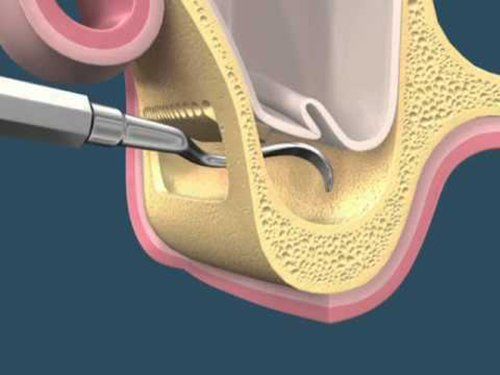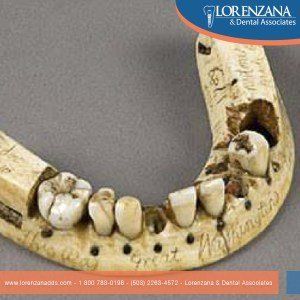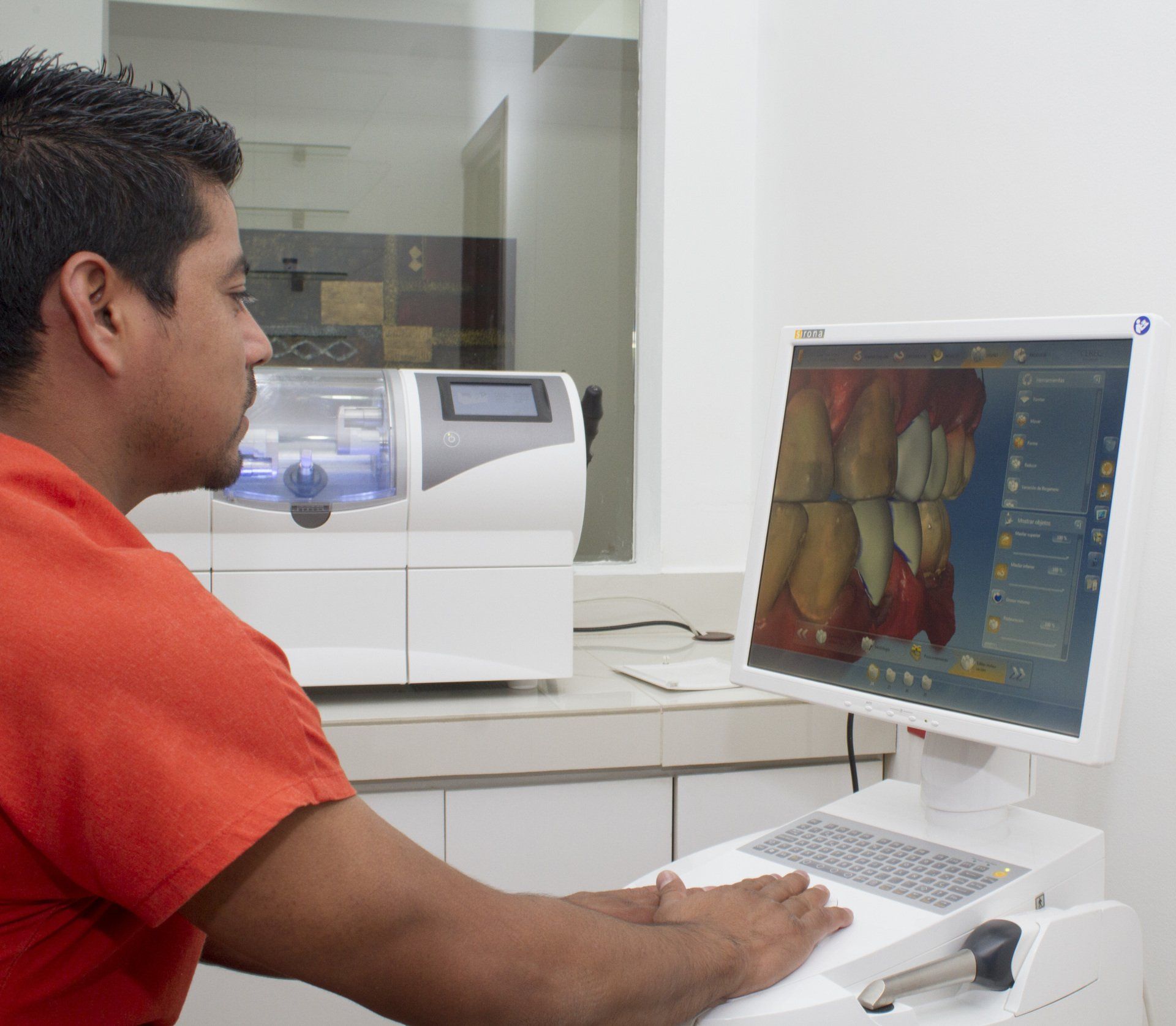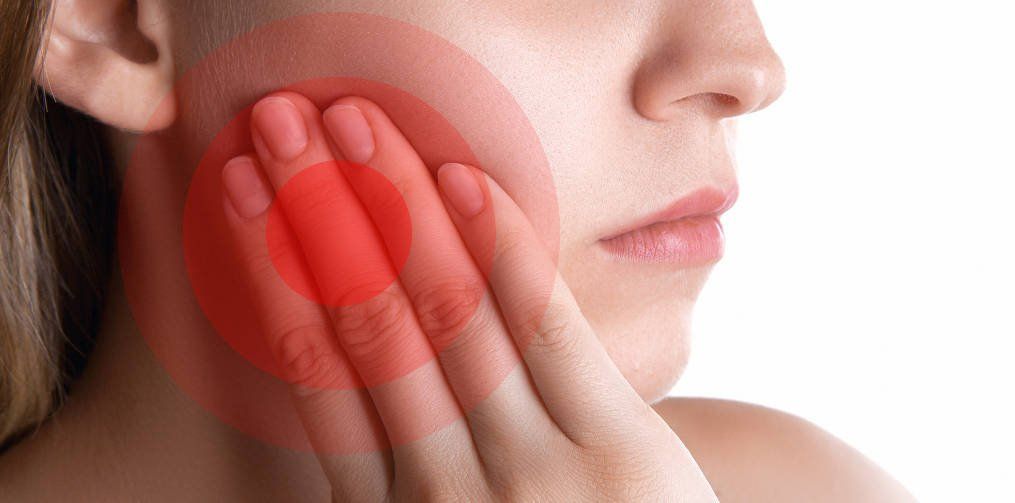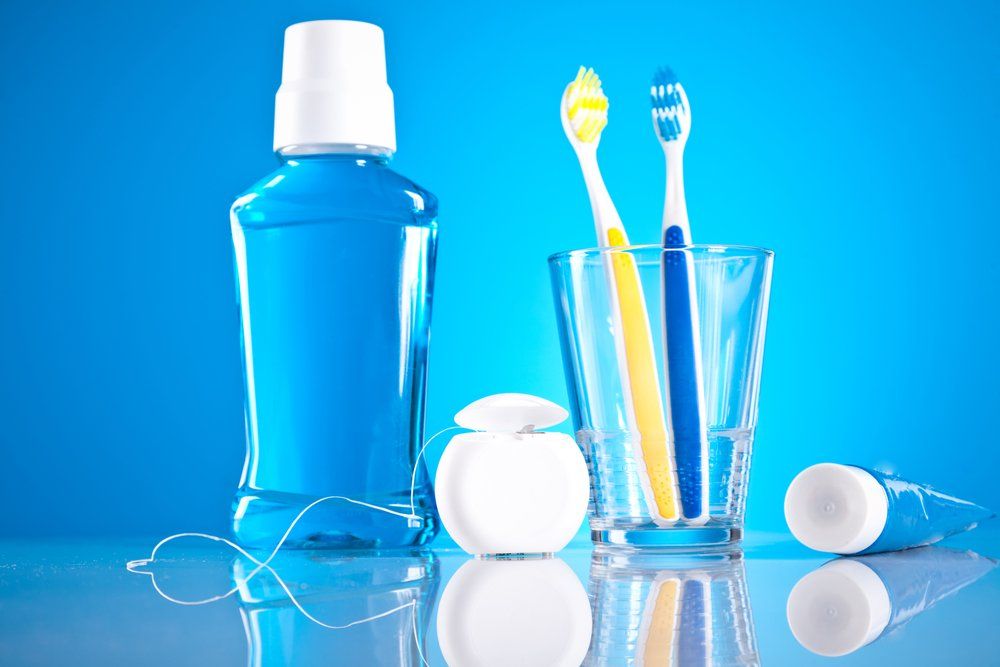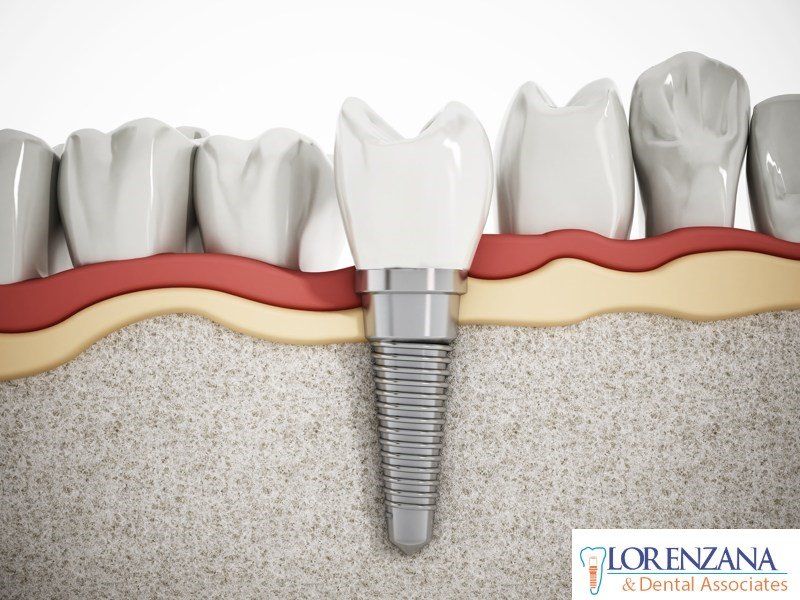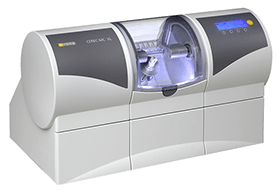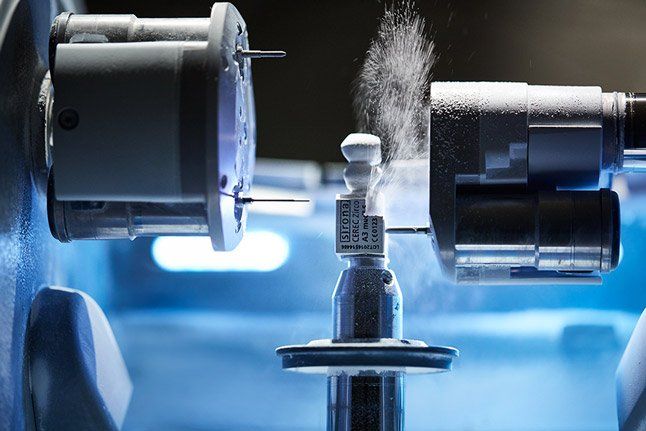Tooth Pain & Dental Implants
Anybody who has ever had a toothache will testify that it’s one of the worst pains imaginable. When you hear the word ‘tooth pain’ it sounds pretty harmless. It isn’t until you actually experience a toothache that you realize just how unbearable it can be.
- Tooth decay
- Damage to the tooth
- Broken or loose fillings
- Periapical abscess
- Receding gums
These include:
- Ulcers
- Periodontal abscess
- Swollen gums
- Joint injury in the jaw
- Sinusitis
Dolor de muelas e Implantes Dentales
Cualquiera que haya tenido alguna vez un dolor de muelas testificará que es uno de los peores dolores imaginables. Cuando usted oye la palabra 'dolor de dientes' suena bastante inofensivo. No es hasta que realmente experimenta un dolor de muelas que te das cuenta de lo insoportable que puede ser.
Entonces, ¿qué es y por qué se produce?
Dolor de dientes Entendimiento Dolor en los dientes puede afectar a los dientes y las mandíbulas y se considera para ser el primer síntoma de la caries dental. Afecta a las personas de diferente manera. Algunos sentirán dolor constante, mientras que para el dolor va y viene. También puede haber dolor al comer o beber algo que hace que el problema empeore. Esto suele ocurrir con los alimentos que son o muy calientes o muy fríos. Muchas personas también notan que el dolor es peor en la noche que en cualquier otro momento del día. Usted sentirá dolor de muelas cuando se inflama la pulpa dental ubicada en la capa más interna del diente. La pulpa dental se refiere básicamente a los tejidos delicados que contiene numerosos vasos sanguíneos y nervios sensibles.
Hay muchas causas posibles de la pulpa dental se inflama y los principales son:
- Caries dental
- Dientes fracturados
- Empastes rotos o sueltos
- Absceso periapical
- Retracción de las encías
Cuando usted sufre de caries en los dientes, provoca pequeñas cavidades en la superficie dura del diente. Usted también puede tener algunos daños al diente, como una pequeña grieta. A menudo, estas grietas son extremadamente pequeña y difícilmente de ver sino es con una radiografía. Si tiene una infección bacteriana, puede causar pus y éste se puede acumular en el extremo del diente. Un absceso periapical puede ser extremadamente doloroso. Finalmente la retracción de las encías puede exponer las raíces suaves y delicados de un diente y que puede conducir a una gran cantidad de dolor y malestar.
Otras causas de dolor de muelas:
Mientras que la mayoría de los dolores de dientes es causada por un problema en la pulpa dental, hay algunas otras causas que podrían ser los culpables.
Estos incluyen: Úlceras Absceso periodontal Inflamación de las encías Lesión de la articulación de la mandíbula Sinusitis Una colección de pus se podría formar en las encías si usted tiene una infección bacteriana.
Si un diente está rompiendo a través, también puede experimentar dolor e inflamación en las encías que lo rodean. O podría haber un problema con la articulación de la mandíbula. En Lorenzana & Dental Associates somos expertos en la rehabilitación de implantes dentales. El Dr. Lorenzana está certificado por el American Board of Prosthodontics y miembro del American College of Prosthodontists . Él es pionero en oseointegración en el país. Puede obtener Ud. un presupuesto gratuito hoy! clinica@lorenzanadds.com
Si usted tiene dolor de dientes por favor póngase en contacto con nosotros hoy: 1-800-7830198 Número gratuito.
